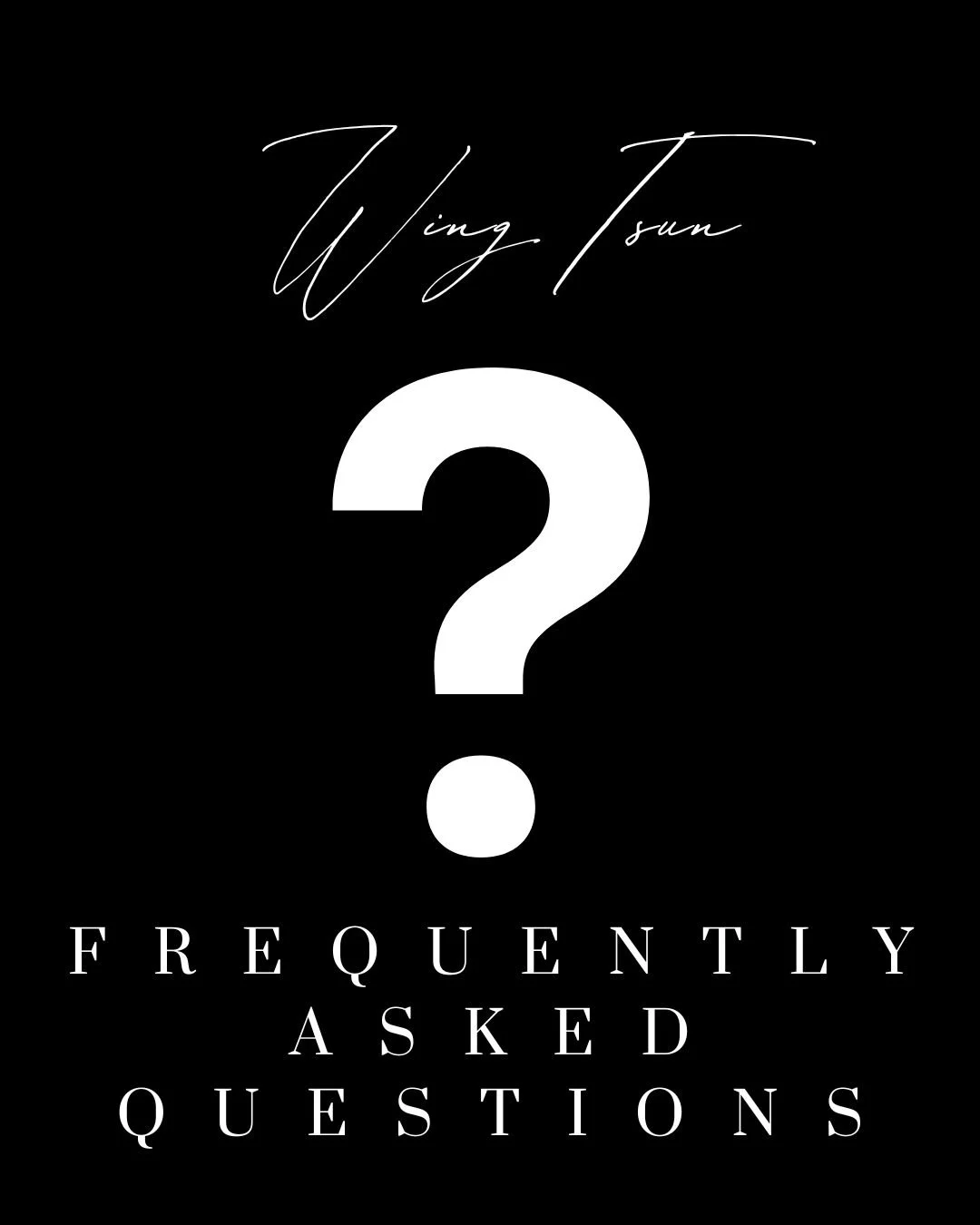There are two phrases that are often bandied around in business and leadership circles: “There are no solutions, only trade-offs.”And “Today’s solutions are tomorrow’s problems.” But the question is - how useful are they?
Read MoreOne of the responsibilities of any master is to hold the ‘barometer’—for the students, for the art, and for yourself. You have to be able to determine what is the minimum standard that you require, and what’s necessary to reach it.
Read MoreAs the world increasingly turns to systems of compliance, control, and moral performance, we must ask: what lies beneath? These FAQs are drawn from the Beyond Morality series and offer a deeper lens into what Wing Tsun and ancient wisdom reveal about human nature, leadership, and alignment.
Read MoreIn the first part of Beyond Morality, we explored how systems often devolve from natural integrity into enforced morality, then into ritual, and finally into coercion. But beneath all of this sits a deeper, more existential question:
Do we believe that people are inherently good — or do we believe they must be controlled for the safety of society?
Read MoreOne of the more surprising things Wing Tsun teaches is that morality, at least the way most people talk about it, is not the end goal. In fact, morality can become a kind of performance, and even a trap.
Read MoreThe first time you meet someone, you’re not just exchanging names, you’re revealing how you choose to navigate the world. In Wing Tsun, we begin with a fundamental principle: presume positive intent. It means starting from a place of openness and possibility.
Read MoreWhen people ask me about the philosophy behind Wing Tsun, I am often struck by the difficulty of giving them a satisfactory answer. Not because the philosophy does not exist, but because it is so rarely discussed, understood, or even recognised.
Read MoreThis post is a more technical reflection on Wing Tsun. If you are more accustomed to my broader writings—where I weave in themes of leadership, management, and life—you may find this entry somewhat different in tone. Nonetheless, I invite you to read on if you wish to deepen your understanding
Read More“When the Tao is lost, there is goodness. When goodness is lost, there is morality. When morality is lost, there is ritual. Ritual is the husk of true faith, the beginning of chaos. In my previous post on toxic empathy…
Read MoreToxic empathy is when care crosses the line into avoidance—when kindness prevents truth. This FAQ unpacks the core ideas from “Killing with Kindness: The Temptation of Toxic Empathy” and explores how over-empathy can quietly sabotage…
Read MoreEmpathy is one of the most extraordinary qualities of human beings. The fact that we can feel and understand what someone else is experienced, without having lived it ourselves, is a remarkable gift. It’s at the heart of our ability to connect with others, to live in harmony, and to cultivate a sense of internal peace.
Read MoreWhen you are looking for a martial arts school, or indeed any teacher, one of the most important, and often overlooked, questions to ask is: What does the teacher truly value?
Read MoreIn Chum Kiu, the second form of Wing Tsun, we speak of “seeking the bridge.” On one level, this is technical — about physically bridging the gap between you and your opponent. But there is a deeper, more spiritual lesson within it: the art of connecting.
Read MoreWing Tsun teaches us that without understanding your boundaries, standards, and thresholds, there can be no true personal freedom.
Read MoreIn martial arts, we often talk about stance—but it is far more than a position of the body. Just as we take a stance in combat, we take a stance in life. And that stance says everything about who we are.
Read MoreOne of the more fascinating aspects of martial arts—often overlooked—is the profound significance of the words themselves. We rarely pause to reflect on how the very term martial artist unites two seemingly opposing concepts.
Read MoreThere is an age-old problem in knowledge transmission: the fine line between structure and restriction. This dilemma appears in every discipline, but it is especially acute in martial arts in the modern era.
Read MoreThere are aspects of Wing Tsun that remain largely unknown, even among long-term practitioners. These elements—known as the Five Treasures—represent some of the highest levels of refinement in the art.
Read MoreIn the last post, I wrote about why it is rare to find great Masters in the martial arts. In this one, you will learn about the elements that must be present in the practitioner for a martial art to truly last—and a master to develop.
Read More



















